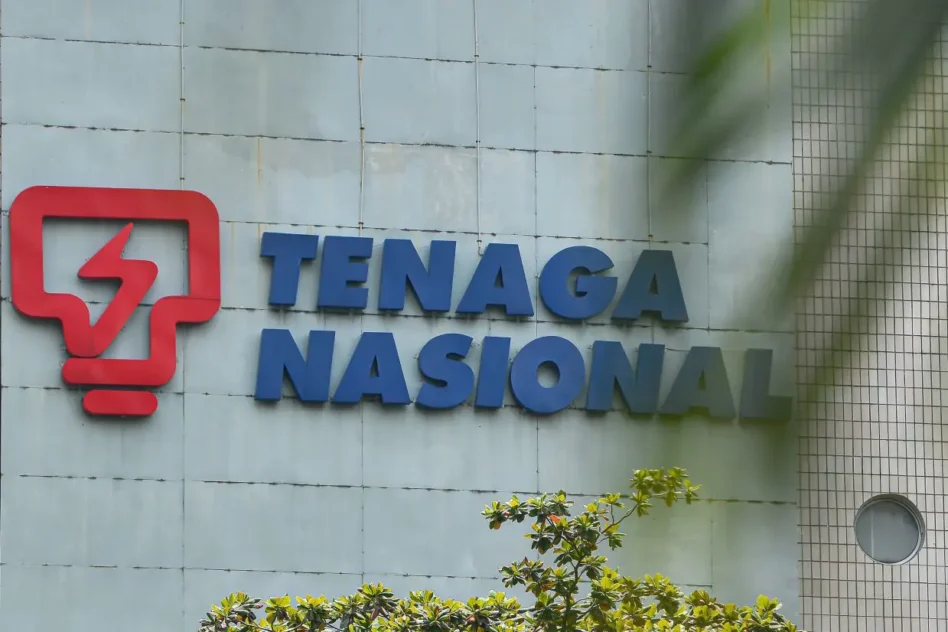EVIDENCE is growing that semiconductor supply constraints will persist longer than anticipated, intensifying and likely extending the current cyclical upturn into next year.
Lean inventory throughout the semiconductor supply chain due to plant shutdowns and customer order cancellations at the onset of the coronavirus pandemic as well as insufficient capacity as semiconductor demand began accelerating at a stronger than expected rate is driving the global chip shortage, according to Fitch Ratings.
“Chip industry revenue should return to pre-pandemic levels this year as a result of strong demand and pricing, and benefit from greater visibility into 2022 supporting semiconductor credit profiles,” projected the international rating agency.
The industry originally expected the chip shortage to dissipate during 2H 2021 as foundries ramped up production.
However, supply constraints are being exacerbated by recent event-driven production issues, including the Texas storms in February, a fire at a Renesas Electronics plant in Japan in April and the water stress caused by Taiwan’s extended drought.
In response to shortages, chip foundries are aggressively adding capacity, but the acquisition and validation of chip making tools and production of finished semiconductors have historically taken roughly one year.
“This could result in rationing available supply among customers and higher prices for many products through 2021,” cautioned Fitch Ratings.
“However, we expect structurally higher inventory through the chip supply chain over time, and more strategic engagement between larger customers and chipmakers to reduce risks related to future supply constraints.”
The significant uptick in industry capital spending is mainly dedicated to leading-edge capacity which is used for cutting-edge technology such as 5G, internet of things (IoT) and artificial intelligence (AI).
This includes the vast majority of Taiwan Semiconductor Manufacturing’s (TSMC) US$30 bil 2021 capital spending budget. TSMC increased its capital spending budget 50% yaer-on-year (yoy) from 2020 at which time the foundry curtailed the increase to the high single digits.
Foundries are also adding trailing-edge capacity, the technologies on which semiconductor products for cyclical end markets, including automotive and industrial, more acutely affected by the chip shortage.
Auto manufacturers have significantly cut auto unit production, citing the shortage of chips, the content of which has increased sharply over time but also meaningfully heightens supply chain complexity.
Shortages have also become more widespread for other end markets, ranging from consumer electronics, home appliances and construction equipment. – May 18, 2021









